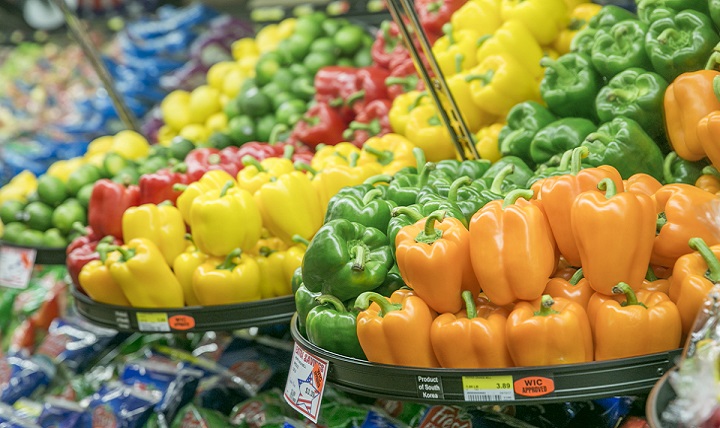Welcome to GREAT Project Storyline exploring waste, including
where it comes from, why there's so much of it, what to do with it, and how to reduce it!
At each step, you'll have a chance to make choices while creating your own science adventure. By the end of the journey, you will design and conduct a project to solve a real-world problem.
The Power is Yours!
Working in small Investigation Teams, students will:
- G ather data by testing, measuring, monitoring or modelling the phenomenon
-
- Outcome: contribute data to a citizen science project
-
- R eason and analyze data to find evidence for a claim about the phenomenon
-
- Outcome: identify a related problem in the schoolyard
-
- E xplore, gain expertise, cultivate empathy, engineer a working model, and examine a case study
-
- Outcome: explore similar real-world problems and solutions
-
- A ct to solve a to real-world problem by applying knowledge and assessing effectiveness
-
- Outcome: design and carry out a class project
-
- Teach an authentic audience about the project
-
- Outcome: document the project so that it can be replicated by others
-
ZERO WASTE STORYLINE
The Zero Waste Storyline explores various types of waste materials, where waste comes from, how it is managed, and what problems it presents. You will choose a data collection project to learn more about the food waste in your cafeteria, litter in your schoolyard, or other types of waste that contaminate our soils and waters. Then, after analyzing your data and exploring the topic, you will design a project that solves a problem related to waste. The options are limitless for using your knowledge, creativity and ingenuity to tackle one of the largest issues facing humans in the 21st century.


Portfolio
Your Portfolio will serve as both journal and scrapbook as you navigate the GREAT Projects Zero Waste Storyline.
If you have a Google account, you can download the Portfolio to your Drive and save it with a title that includes your name (such as Zalia's Zero Waste Project Portfolio). It can also be saved in another format, such as Word.
Print your portfolio so you can take it outside and write in it, or use it as a digital file that you can edit and save. There is a section in the Portfolio corresponding to each part of the project
Deliverable: PROJECT PORTFOLIO (re-named and saved)
Ready to get started?
Teachers
There is an accompanying Teacher Guide that provides details about this project pathway such as the science standards it covers, the supplies needed, and the rationale for instructional strategies. To request a copy, you must provide a school district email address, be listed on your school's faculty page, and answer several questions.

Captain Planet Foundation also offers an ecoSTEM Zero Waste Kit that contains many of the supplies needed for field investigations and projects referenced in this Project Pathway. If you don't already have the kit, you can purchase it at cost, request it through Donors Choose, apply for an ecoSTEM Kit Grant, or substitute other materials you may already have on hand.
